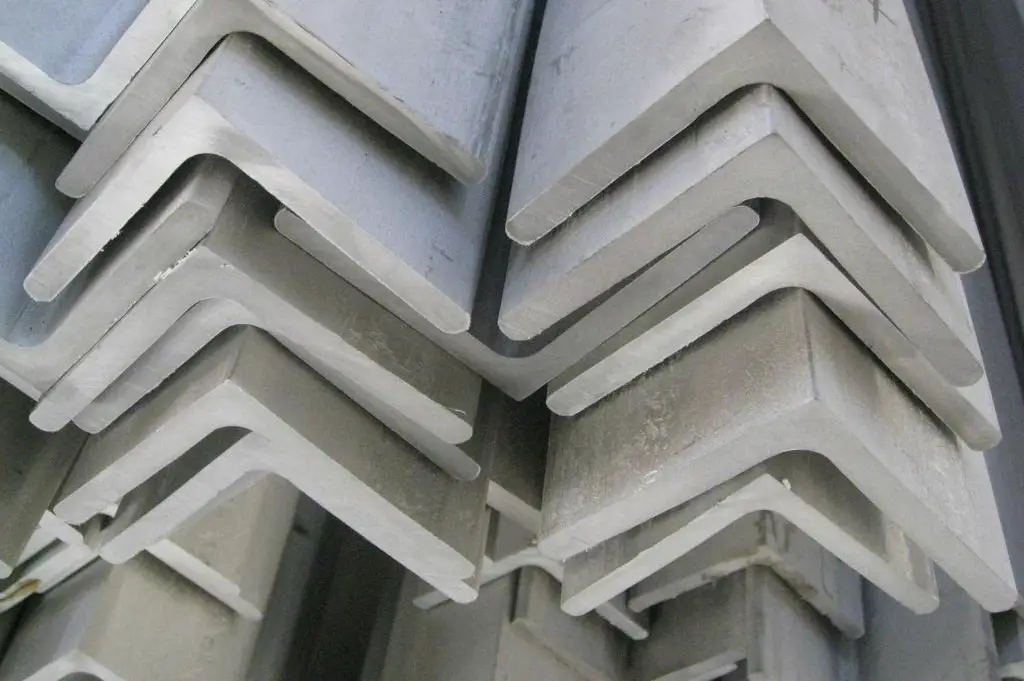Stainless steel has become a popular material to use for construction, manufacturing, and other industries, and for good reason. It's durable, strong, and resistant to a variety of elements, making it ideal for a wide range of applications. Among the different types of stainless steel, one variation that's particularly popular is stainless steel 316 angle.
Composition and Properties of Stainless Steel 316 Angles
Stainless steel 316, also known as marine grade stainless steel, is a type of austenitic stainless steel that contains molybdenum. The addition of molybdenum increases its resistance to corrosion, especially in saltwater environments. It also improves its resistance to pitting and crevice corrosion. The composition of Stainless Steel 316 Angles includes 16-18% chromium, 10-14% nickel, 2-3% molybdenum, and less than 0.08% carbon. These properties make it one of the most popular choices for marine and coastal applications.
Versatility of Stainless Steel 316 Angles
Stainless steel 316 angles have a wide range of uses in various industries. They are commonly used for building frames, roofing, support beams, and other structural components. They can also be found in manufacturing and assembly plants for machinery, equipment, and appliances. They are useful in the food and pharmaceutical industries since they are hypoallergenic and resist contamination. With its durability and resistance to wear, it is an ideal choice for high-traffic areas both indoors and outdoor.
Corrosion Resistance of Stainless Steel 316 Angles
Stainless steel 316 angles are highly resistant to corrosion, especially in harsh environments. This makes them the ideal material for marine applications, like boat and yacht building, because they are resistant to saltwater corrosion. Stainless steel 316 is also resistant to chemicals, acids, and other types of corrosion. This property extends their lifespan, reduces maintenance costs, and ensures quality performance for years to come.
Easy Maintenance of Stainless Steel 316 Angles
Another advantage of stainless steel 316 angles is that they are easy to clean and maintain. They do not require any special treatment or chemicals for cleaning and can easily be wiped down with a damp cloth. The smooth surface of the angles does not trap dirt or bacteria, which makes them a popular choice for commercial kitchens, hospitals, and laboratories.
Durability of Stainless Steel 316 Angles
The durability of stainless steel 316 angles is unparalleled. They are resistant to extreme temperatures, and unlike other materials such as aluminum, stainless steel 316 angles retain their strength throughout their lifetime. They have a high tensile strength, making them suitable for heavy-duty applications without bending or breaking.







